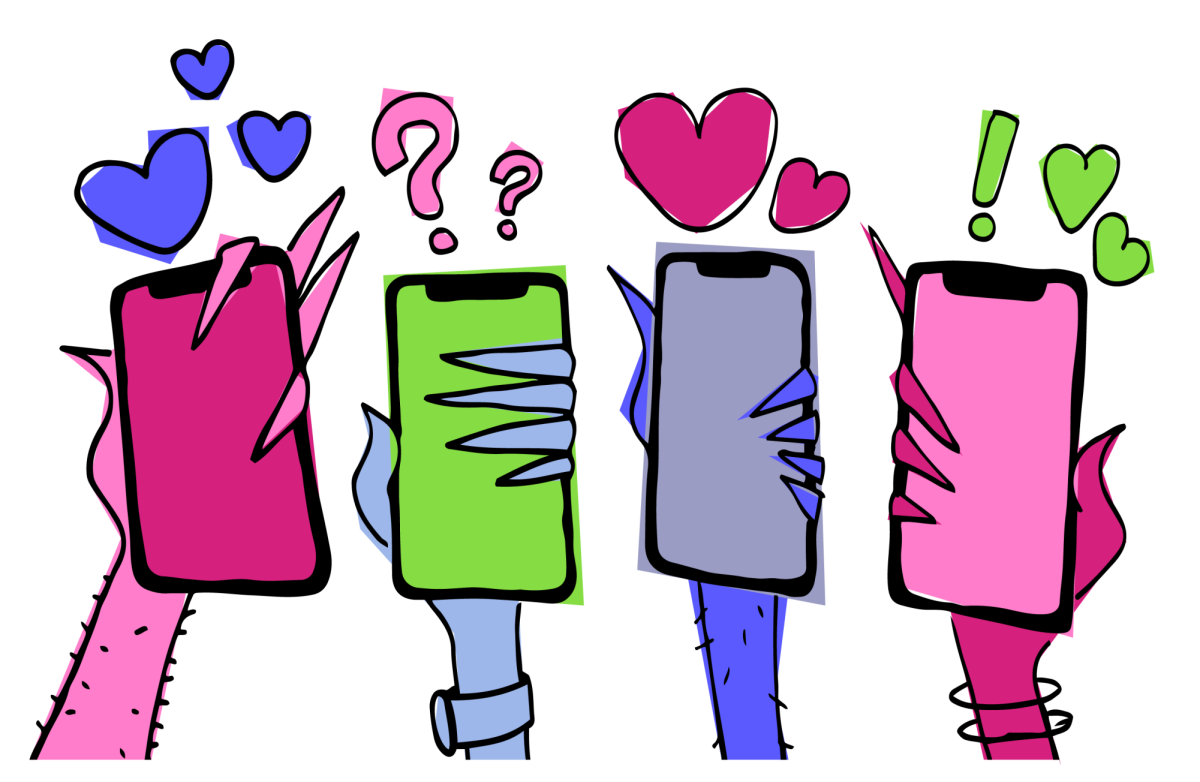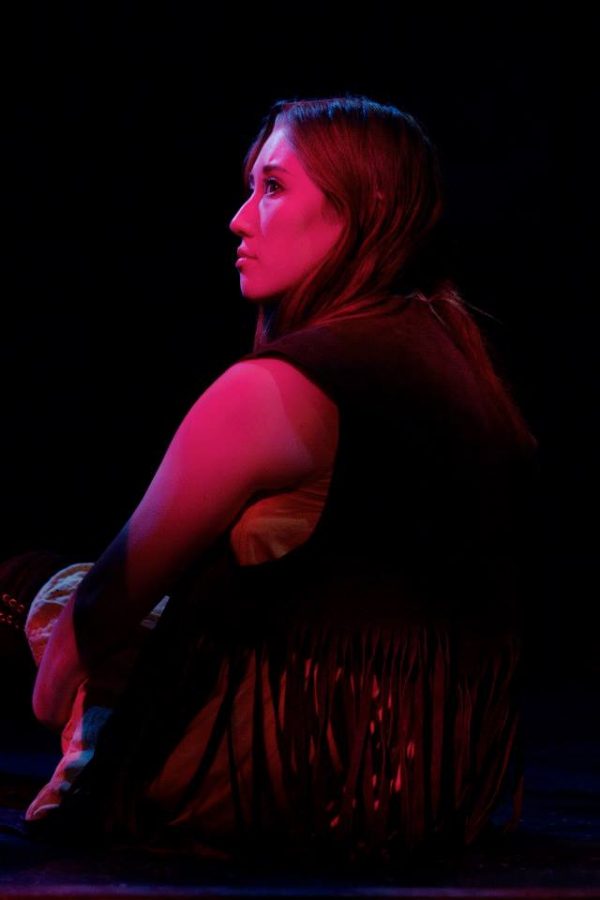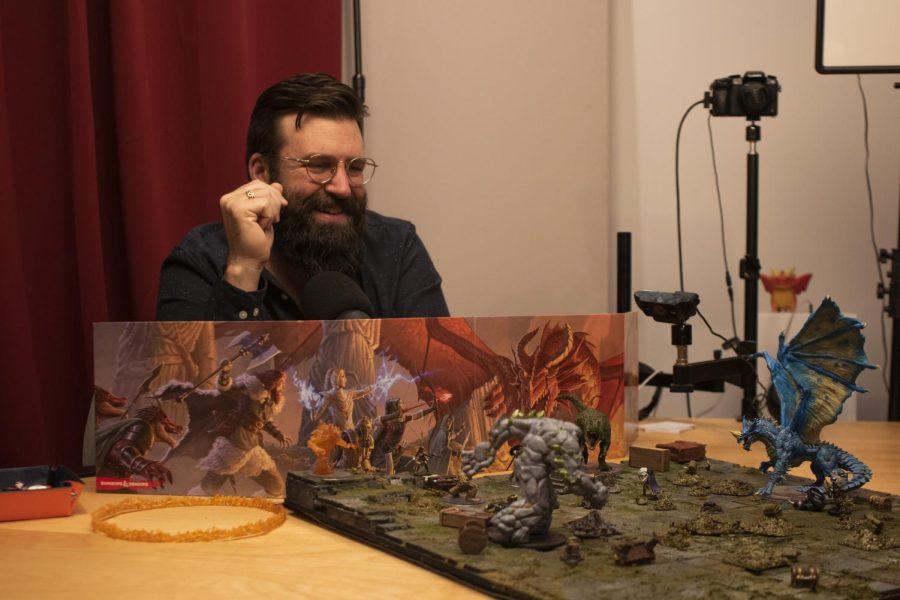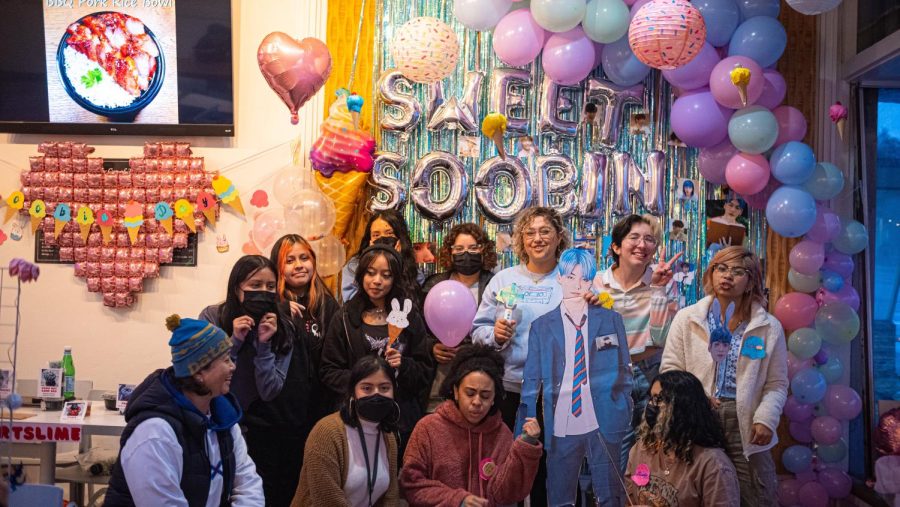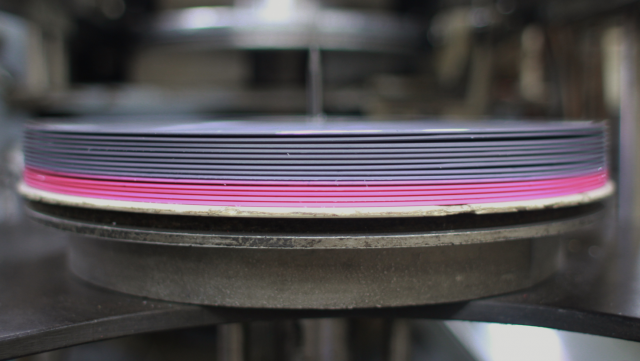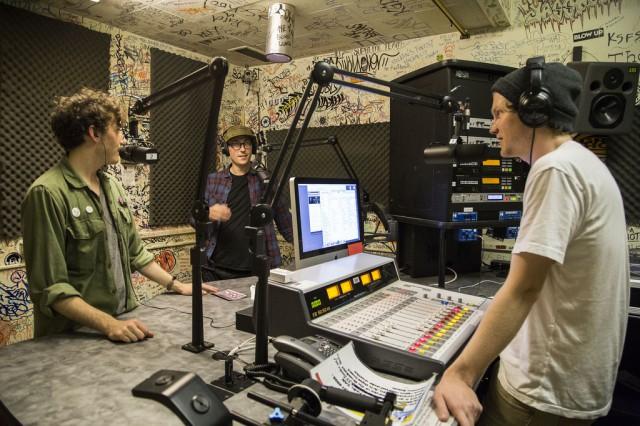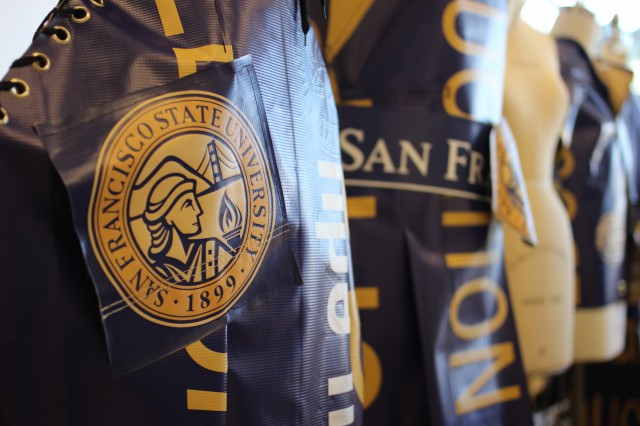Written by Justice Boles
You have seen the trailer for Disney’s Maleficent by now. Starring Angelina Jolie. Has the badass CGI and the creepy song. You know the one… er… three. Anyways, for those of you that don’t know, Maleficent is the villainess from Sleeping Beauty. She’s the one that turns into a dragon that Generic Prince — Wikipedia says his name is Phillip — slays and thus, wins the Princess’ hand in marriage. Happily ever after, right?
Anyways, it’s happened. Disney has gone full circle. For decades, Disney has been drinking in cultural stories from just about anywhere and transforming them into big screen adaptations. However, Maleficent might mark the first time Disney is cannibalizing its own cinematic mythology, its very own stories. This is not like 101 Dalmatians, which was pretty literally a live-action telling of the story that was already animated.
Dr. Mark Calkins, a lecturer of World Literature at San Francisco State University teaches a class titled Fables and Tales where Disney interpretations of these stories are a frequent topics of discussion in his class.
“Taking this cultural material and individual authors or talents putting their own spin on it or reinterpreting is nothing new.” Calkins says. “Now certainly, what’s happened with the case of Disney, it becomes the version of the fairy tale for a very large audience.”
A lot of Disney’s stories were taken from other cultures, but this time, it is Disney making a live-action movie based on its own 55-year-old animated movie that did so poorly financially that Disney did not return to the fairy tale genre for 30 years, until The Little Mermaid in 1989. However, since Ariel stepped onto land, Disney has cranked out more princesses than all the 20th century English monarchs combined. The thing about a lot of these stories, Sleeping Beauty, Beauty and the Beast, Snow White, Pinocchio, is that they’ve been around for hundreds of years. Most of them come from an oral tradition that spread and changed and morphed based on the teller of the story. They were cautionary tales spread from mother to daughter, or a raunchy tale told between bar patrons–because trust me, in the original Sleeping Beauty, the Prince didn’t stop at just a kiss.
“I certainly don’t think Walt Disney did not do so primarily to monetize the stories,” Calkins says. “I don’t think that was primarily motivating Disney. I don’t think that was the case. I think Walt Disney was a storyteller, a storyteller in cinema and was interested in telling these stories his way.”
Without Walt Disney, animation might not exist as we know it. Disney pioneered animation techniques that revolutionized the medium, and continue to find new and unique forms of storytelling. But in every artist, there exists a dichotomy. One side that seeks to create, to unleash their artistic potential. The other side is the entrepreneur, the side that wants to express their creation upon the world and its inhabitants, a lot of times by any means necessary. Walt Disney showed what side he most embodied early on. He pioneered animation quickly and cost-effectively, and it’s a model that his namesake corporation has abided by ever since, cheap and efficient.
While it’s true that Disney doesn’t just make movies about ghosts and goblins, it seems like all of their stories have that sort of ‘happily ever after’ vibe.
“Disney identified so closely with the fairy tales he appropriated that it is no wonder his name virtually became synonymous with the genre of the fairy tale itself,” says Professor Jack Zipes in his essay Breaking Disney’s Spell. “If children or adults think of the great classical fairy tales today, they will think Walt Disney.” Whether it’s Mark Wahlberg playing football or Jon Hamm recruiting pitchers, that Disney flavor still saturates the story. Mary Poppins is not quite a fairy, but there is something quite whimsical and magical about her. Disney’s name is synonymous with fairy tales, even if the ducklings turn out mighty instead of ugly.
Disney is good at what it does. Really good. United States copyright law has literally changed because of Disney’s lobbying. It buys up properties and uses them like a dairy cow until the property can’t make anymore money, and when that’s done, Disney throws it in the Disney vault until a time when said property will be able to drum up a few more bucks. The big issue is that these stories were folk tales, they belonged to the masses, they belonged to the people. Now, they belong to Disney. It is concerning for the same reasons people are concerned about Rupert Murdoch owning all of the news outlets, or Comcast owning all the communication channels to the outside world.
Disney’s iron grip over these properties gives it incredible power over how people see and interact with the world. Disney sells moralities and goodness the same way Coca Cola sells a healthy drink like Vitamin Water. Morals just like because he is a Beast on the outside doesn’t mean he is one on the inside. Or just because a girl is a princess does not mean she has to be girly or cannot kick ass, despite Disney’s merchandise showing differently.
“Disney never liked to give credit to the animators who worked with him,” says Zipes, “they had to fight for acknowledgement.”
There’s a reason Disney forced Pixar to crap out Cars 2, and then made a pseudo-sequel through it’s own animation studio called Planes, both of which are notoriously awful films, and both are getting sequels. It’s a slap in the face to Pixar, a company that has strived to tell stories that are both great films and family friendly. Disney tried to pull the same stunt with Toy Story 2, years before it ever purchased Pixar. There’s a reason why there’s direct-to-video animated sequels to the Lion King, Pocahontas, Cinderella, the Little Mermaid, and so on. Because little kids will buy anything. Even though you really want that sequel to A Bug’s Life or Wall-E, Cars sold billions of dollars worth of merchandise, and that’s more money in the bank than any animated movie in theaters will ever make. Disney goes where the money is. That is why Disney merchandise will speak more about the company than its fairy tale feature films, because that is where the big bucks are.
A few years ago, Disney purchased Marvel comics, probably because Disney realized it needed a male counterpart to all the girls that buy dresses and dolls. So naturally, all the little boys now buy Captain America costumes and Iron Man action figures. Since the purchase in 2008, Disney has churned out Marvel related media such as movies, cartoons, costumes, books, comic books on a level that is unprecedented. It’s a pace which Marvel never would have accomplished on its own. Recently, Disney purchased Star Wars and all of its related properties, and while George Lucas is also the poster boy for artist turned entrepreneur, and is already a billionaire from the properties he created with his 1977 hit movie/cultural phenomena, it seems unimaginable that Disney would be able to push Star Wars paraphernalia better than Lucas himself, but I wouldn’t put it past them. These two are different from the folk tales and fairy tales mentioned above. Marvel Comics and Star Wars were never publicly owned stories, and both have thrived in merchandising in ways not dissimilar to Disney’s. But like the fairy tales, they are some of the biggest and best-known tales of morality and are probably just as influential as Cinderella or Snow White. Now, they too are great modern mythologies that exist under Disney’s pen and paper.
“I don’t think the current Disney executives are interested in telling Star Wars their way, or telling Indiana Jones in their way,” Calkins says “They just want to appropriate the pre-existing and make money off of it.”
Disney is not really that different than any other media giant their size. Except for two things. One, They literally control the “Happiest Place on Earth”, and two, they’ve grow bigger than other media giants their size. Disney owns, in addition to everything already mentioned, television networks like ABC, ESPN, Lifetime, and The History Channel, and odds are they probably own a controlling interest in your very own childhood. They’re tapped right into our children, our values, and our culture, so all that can be offered is caution.
“I wouldn’t call it cultural pilfering,” Calkins says. “I think it’s part of Disney’s, I don’t know if it’s a conscious kind of purpose, but to be the owner so to speak of these kind of pop cultural stories.”
Disney doesn’t follow trends, it sets them. It owns stakes in these cultural stories and modern mythologies like no other. It hangs onto them and uses them to draw huge profit. After that, it just becomes a problem of saturation. Everything blends together and looks the same. Disney stories especially generally end all the same, happily, with the underdog triumphant over the giant antagonist. Everyone knows the end of Maleficent before they even step foot into a movie theatre. Disheveled nobility. Silly sidekicks. Sappy songs. Defeated villain, usually their own fault in a manner that isn’t too gruesome on screen, most often times by falling to their own death. Happily ever after. Scar no longer disrupts the circle of life. Mother Gothel no longer exploits Rapunzel’s magical hair. Ursula no longer controls people with Ariel’s voice. But those are just fairy tales.


